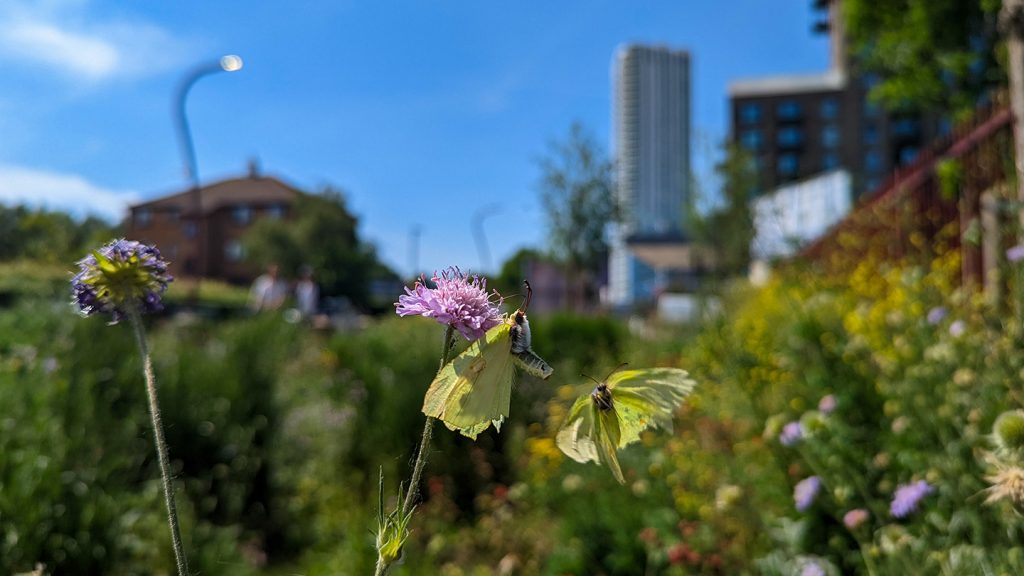Letting some parts of a yard go unmown can significantly boost the number of butterflies and moths in the area, creating safe havens for these important pollinators. Studies have shown that long grass patches can provide essential protection for caterpillars, preventing them from being chopped in half by lawn mowers. It’s not about having special grasses, but rather about resisting the urge to tidy up the entire yard, allowing native flowers and nectar-rich blooms to flourish in the unmown areas.
A scientific analysis by ecologist Richard Fox and ecological statistician Lisbeth Hordley, based on data from Butterfly Conservation’s Great Butterfly Survey, found that having a yard with long grass surrounded by other houses or farms can increase butterfly abundance by up to 18% or 93%, respectively. Even if individual yards have modest increases, the cumulative effect of multiple yards providing safe spaces could have a significant impact on butterfly populations. This study sheds light on the importance of creating safe habitats for pollinators in urban and rural areas alike.
While the focus of the study was on butterflies, the practice of no-mowing can be particularly beneficial for moths, which are important for various ecosystems as a food source for garden birds, small mammals, and bats. Moths far outnumber butterflies and play a crucial role in supporting food chains. By allowing parts of yards to go wild, individuals can contribute to preserving these vital insect populations and the ecosystems they support.
The benefits of no-mowing practices extend beyond butterflies and moths to other insect species, including those with grass-eating caterpillars. In the United States, species like the grass skipper and the common ringlet can also benefit from having unmown areas to thrive. This underappreciated diet for insects emphasizes the importance of providing diverse habitats that support all life stages of these creatures, with caterpillars often requiring specific plants and grasses for their development.
Creating safe spaces for butterflies and moths through no-mowing practices is a simple yet effective way to support pollinator populations. Whether in urban or rural settings, allowing some parts of a yard to grow wild can have a positive impact on insect diversity and ecosystem health. By considering the needs of different insect species at various life stages, individuals can contribute to the preservation of these vital pollinators and the biodiversity they support in their surrounding environments.















